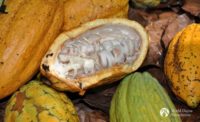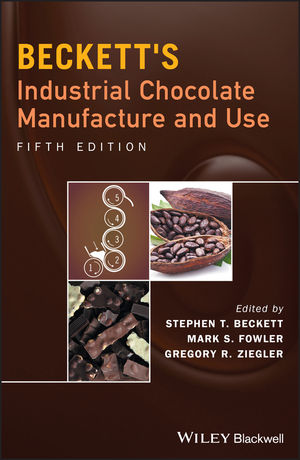81% of Ghana cocoa region plagued with bean disease
Ghana is infected with Cocoa Swollen Shoot Disease.

courtesy of: Cabosse Naturals
The International Cocoa Organization its released the Cocoa Market Report for June 2024.
One of the main takeaways from the report is that Ghana, the world's second largest cocoa growing region, is 81% infected with Cocoa Swollen Shoot Disease (CSSVD). At the time of the report, CSSVD was also spreading in the Ivory Coast, and the region with the highest prevalence of the disease is yet to be made public by the Ivorian authorities. Ghana and Ivory Coast together produce about 60% of the world's cocoa.
In addition, although there's a global shortage of cocoa beans currently, it is incorrect to say that all producing countries have been having a lower production for the ongoing season. Outside West Africa, production and consequently exports from countries in the Americas, like Ecuador among others, have been increasing. Moreover, these countries are benefitting from the ongoing high international prices and investing in cocoa production.
Other insights from the report include:
- At the start of the month under review, the cocoa market did not appear to be looking past the period of supply tightness and price rallies. Several price swings occurred in the first half of June as both Côte d’Ivoire and Ghana postponed deliveries of cocoa beans until next season due to poor crops resulting from unconducive weather conditions and Cocoa Swollen Shoot Virus Disease (CSSVD).
- Despite the current shortage of beans, from mid-June till the end of the month, prices pulled back and broke out of their rallies. The driving force behind the softening in prices may have come from reports of conducive weather conditions supporting crop development and the consequent anticipation of a better main crop output for the upcoming 2024/25 cocoa season.
- Observations derived from the price declines may also be due to traders taking a short position to sell more now and buy these contracts later at a lower price. Another observation during this period was the backwardation that occurred while prices were declining. Though the supply tightness is felt in both London and New York, the magnitude can be said to be more significant in London than New York especially considering that most of the cocoa from West Africa is destined for Europe, and with less cocoa in West Africa, this can impact the volume in London. Nevertheless, outside West Africa, production and consequently exports from countries in the Americas, like Ecuador among others, have been increasing.
Read the full report here.
Looking for a reprint of this article?
From high-res PDFs to custom plaques, order your copy today!









